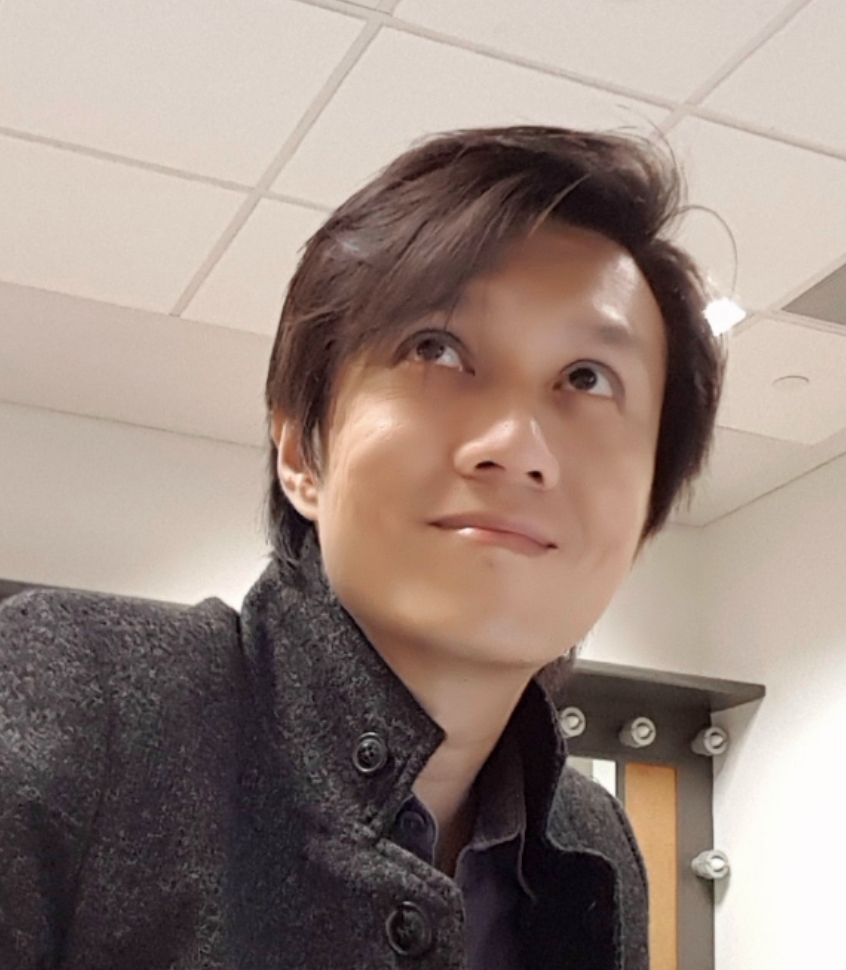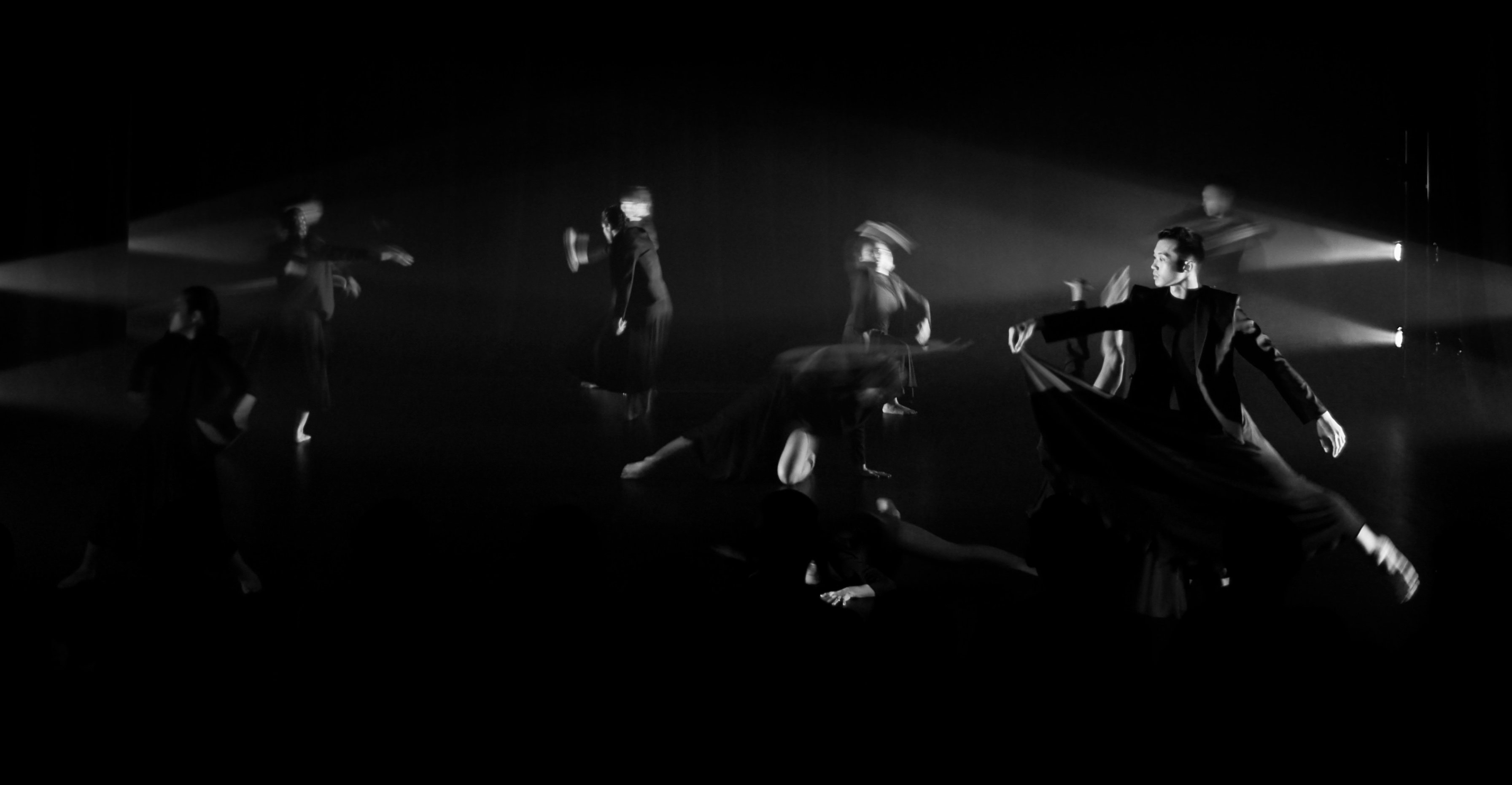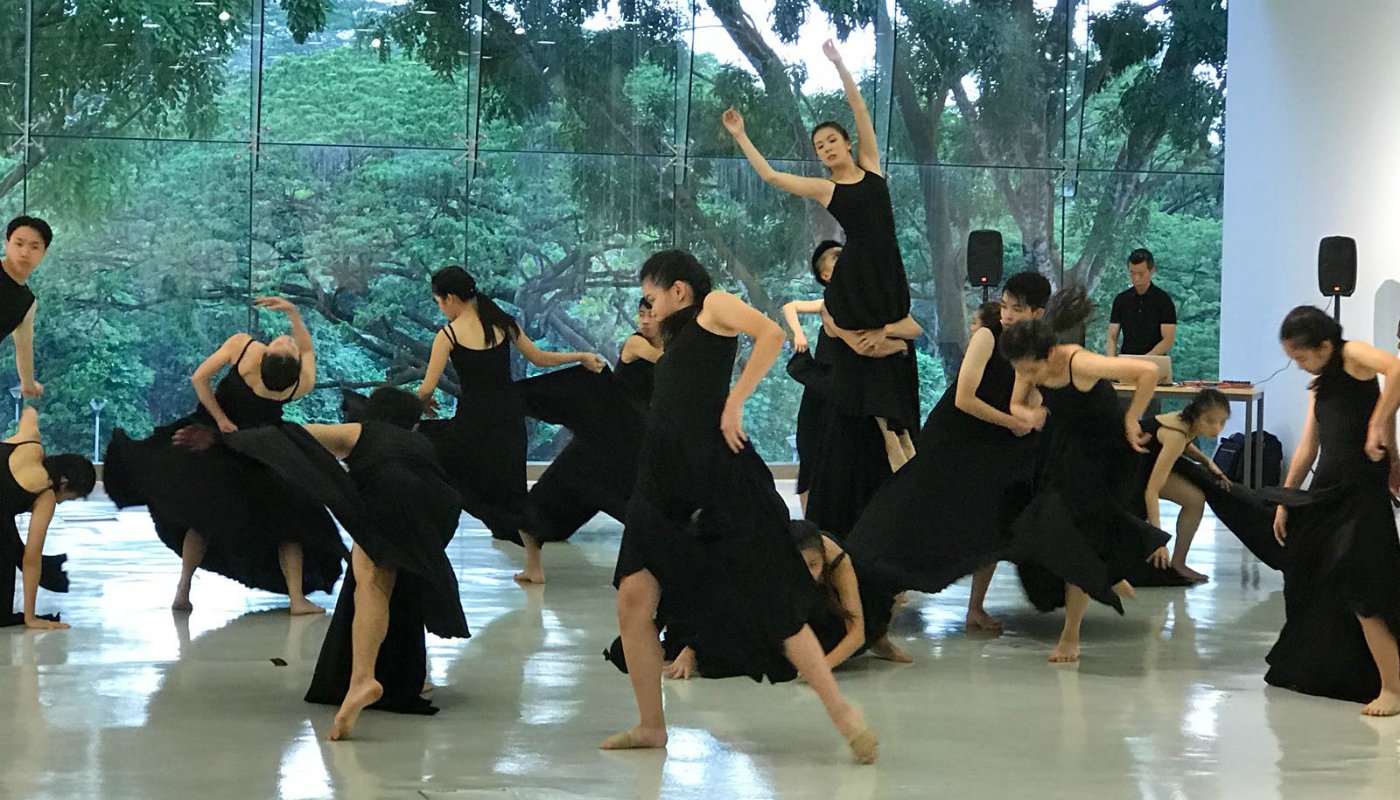Alumni Spotlight: In conversation with Peter Gn
Fri 6 March 2020Singapore-based dance artist, educator and choreographer Peter Gn studied his MA/MFA in Choreography at Trinity Laban (2013-2014).
Growing up, he wasn’t encouraged to dance due to peer pressure at school to conform to gender stereotypes, but he always wanted to try.
In secondary school I was a marathon runner and played sports. I was from a boy’s school. In junior college all that changed. There was a dance co-curricular activity and they were trying very hard to recruit boys. I was one of the six boys and I never looked back. I felt, for once, in the area of the arts I felt I was good at something. I had my beginnings in ballet.”
Currently he works at the Education Ministry in Singapore, supporting dance programmes in schools across the country, whilst continuing to choreograph professionally. He is also a PhD candidate at the Victorian College of the Arts, University of Melbourne.
Peter returned to the Conservatoire last spring to share his insights with current dance students and to present work at the first alumni platform Bite Size Pieces. We caught up with him to talk about his time at Trinity Laban, how his career has developed since graduating and where he is going next.

Image: Peter Gn
It’s lovely to welcome you back to Trinity Laban, what brings you back to London from Singapore in 2019?
“In 2017 I got in touch with Tony [Thatcher] and Sara [Matthews] about the possibility of coming back and showing a work in progress at Trinity Laban, to get some feedback on the piece. They were excited about the idea and we made plans for it to happen, but schedules didn’t quite align until now.
Along with the prospect of staging a performance, I thought I would include a seminar as well. I didn’t want to feel like I was travelling all this distance just to show something, I wanted to have a positive message for students here that once you graduate there are many possibilities out there.
I see it more as a conversation: sharing what I’ve been up to these couple of years to give students food for thought in respect to their education here.”
What were your highlights of studying at Trinity Laban and how has your training prepared you for your career?
“Trinity Laban equipped me efficiently and effectively for artistic pursuits, specifically in the area of dance. It equipped me with the idea of working with other disciplines like art as well as music. I’m now always interrogating what I create.
I decided to do an MA in choreography because I was hearing a lot of good things about Trinity Laban and the way it approaches dance. It was very welcoming of different kinds of partnerships with other art forms and I was very excited about that idea.”
CoLab is wonderful – it really gave the opportunity to try something remarkably different.”
“I assembled nine first-year dancers, all eager to try creative improvisation, and I brought on board a musician from Trinity Laban who was an electric harpist. What I felt was most interesting was this relationship where sometimes the musician was improvising based on what she saw and dancers based on what they were hearing. Soon the dancers saw the musician as part of them and everyone in the studio was part of one performance.
For a long time, like most of the dance choreographers, I have relied on sourcing piece of music that could fit my vision. These days I find a lot of merit in collaborating more. Last year I collaborated with a visual artist and in the work created I had four dancers responding to his artwork, and I layered that with the sonic landscape created by a musician who played live.
Another highlight was getting to know really amazing lecturers who encouraged you to look at dance differently. Those were the great moments: sitting the café just debating how to approach a particular work. Hearing them tell you ‘have you considered this?’ and being able to move from a point of defence, to that of saying ‘maybe you’re right, there’s another way which the work could be approached’.
When I first joined I was quite resistant. I used to think on a basic level I just had to start by coming up with steps, with this dance routine that impressed. Just a year after graduation I began to see the wisdom of a lot of things I saw here and I began to apply a lot of things as well. Now it’s me challenging the dancers – does what look good on stage mean you are really dancing? Gets them thinking and out of their comfort zone. I don’t value their experience as performers if I only come up with routines for them to look good onstage – I value when they mature as artists and are able to think about what they are dancing.”

Image: Insistence and Burn (Peter Gn 2019)
Tell us more about your work in Singapore’s Education Ministry and why you want to impact the education of young dancers
“The interesting thing about Singapore is that we don’t have dance in the curriculum. We have it in the form of movement but that’s PE, so the students have dance as a co-curricular activity. They pursue that on an enrichment basis, but no one is compelling them to be in it. There is a sizeable number who have chosen dance.
It was a choice that I wanted to try and impact younger students, the way that they see dance, because many of them have their world views shaped by their dance instructors and depending on their background or years of training they could be sharing just one facet of how they see dance. I’m quite concerned that, because the students look up to them, their perspectives are therefore narrowed to just one, so I would like to also share a perspective that’s a little different but hopefully nonetheless important. Trinity Laban has helped me develop that perspective.”
In 2015 you choreographed the official re-opening of Singapore’s national stadium, what is it like to stage big events?
“Crazy. At the end of the day it’s about being sensational. For the big sized arena-based performances it’s really about colours, visual sensation, and spectacle. The choreography just needs to please. You work hard to make it synchronised. Individuality is compromised.
This is something I wouldn’t typically do in a theatre piece. Conceptual choreography is a lot harder because through the piece you want to explore other things, and layers, which makes it tougher in an interesting way.”
How do you balance your full-time office job with dance creation?
“I pursue my professional dance work outside of office hours with whatever energy left. When I leave the office at 6.30pm I just go to the studio and try and create something.”
If the dancers are interested, that gives you motivation and energy.”

Image: A Still Moment With You (Peter Gn 2018)
Can you share any advice for aspiring dance makers?
“Take all feedback in your stride. Learn from it. Just last year I had an audience tell me they didn’t quite understand what it was I was trying to do in a particular work and they hated it, but I think Trinity Laban prepared me well to handle criticism – it is always an invitation to do better the next round, or approach it with new perspective. Such is the life of an artist.”
You can’t get everything right at a go – what’s most important is being true to your own voice, your artistry, not someone else’s.”
What is next for you?
“What I do in dance is a conscious choice rather than habit. I’m happy doing what I’m doing, impacting lives and pushing certain artistic boundaries to see where dance goes.
Australian Youth Dance Festival has invited me to conduct a class for their young people, which is another opportunity to impact lives. I’ll be staging a work at the Festival too. Each time an opportunity like that comes along it’s a chance to be a change agent, and do something amazing.”
–
Find out more about studying Dance at Trinity Laban.
